Creative machines need to complement humans, not just imitate them. If machines imitate humans, they will have the same limitations as humans. Machine may do things faster, but they will not be more creative.
This is a big problem! Since we humans create the machines, we easily pass on our shortcomings to them. How can we circumvent our limitations to make machines that are more creative than we are?
Here is the solution. Any innovative solution is built upon something that is currently being overlooked. To be helpful, machines need to notice what we humans don't notice.
For example, a recent breakthrough in reducing concussions in football players was built upon two overlooked things about the problem.
This is a big problem! Since we humans create the machines, we easily pass on our shortcomings to them. How can we circumvent our limitations to make machines that are more creative than we are?
Here is the solution. Any innovative solution is built upon something that is currently being overlooked. To be helpful, machines need to notice what we humans don't notice.
For example, a recent breakthrough in reducing concussions in football players was built upon two overlooked things about the problem.
First, researchers were stuck on trying to absorb the hit of a collision. Second, they were stuck on new materials that are better at absorbing energy.
Our software rephrased the goal and then considered forces--not just materials.
Specifically, our software looked at all the synonyms and antonyms of the phrase absorb energy and uncovered ignored phrases like prevent energy and repel energy. The word repel was closely related to magnetism and soon we had an aha moment!
Magnetize all the helmets with the same pole. Helmets will try to avoid each other. They will decelerate when they get close and swerve slightly to the side. The result: a glancing blow rather than a direct collision!
Our software helped us because it 'thinks' differently than we do. If machines 'think' just like their creators, they will never help us be more creative.
If innovative solutions are built on what we overlook, then machines that can look where we don't will help us be more creative.
This software now exists! Learn more about it.
Contact Dr. Tony McCaffrey ([email protected]) to learn more about this software that looks where humans do not.
Footnote to our story: We submitted our magnet idea to the patent office and found that someone else beat us by a few weeks. Our software cannot feel disappointment and will 'gladly' help us with the next problem we give it.
Our software rephrased the goal and then considered forces--not just materials.
Specifically, our software looked at all the synonyms and antonyms of the phrase absorb energy and uncovered ignored phrases like prevent energy and repel energy. The word repel was closely related to magnetism and soon we had an aha moment!
Magnetize all the helmets with the same pole. Helmets will try to avoid each other. They will decelerate when they get close and swerve slightly to the side. The result: a glancing blow rather than a direct collision!
Our software helped us because it 'thinks' differently than we do. If machines 'think' just like their creators, they will never help us be more creative.
If innovative solutions are built on what we overlook, then machines that can look where we don't will help us be more creative.
This software now exists! Learn more about it.
Contact Dr. Tony McCaffrey ([email protected]) to learn more about this software that looks where humans do not.
Footnote to our story: We submitted our magnet idea to the patent office and found that someone else beat us by a few weeks. Our software cannot feel disappointment and will 'gladly' help us with the next problem we give it.
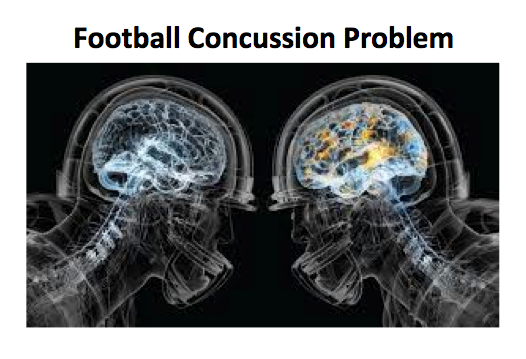
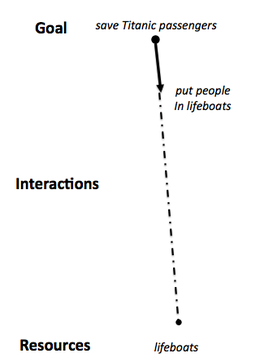
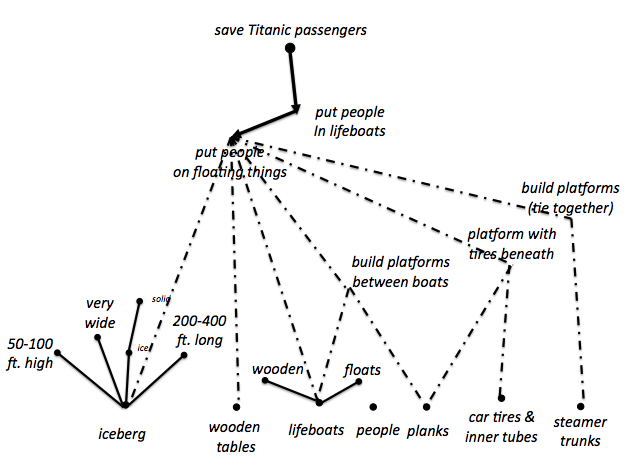
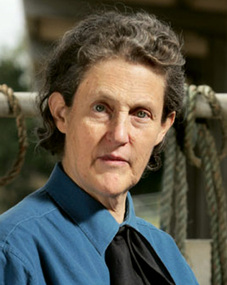

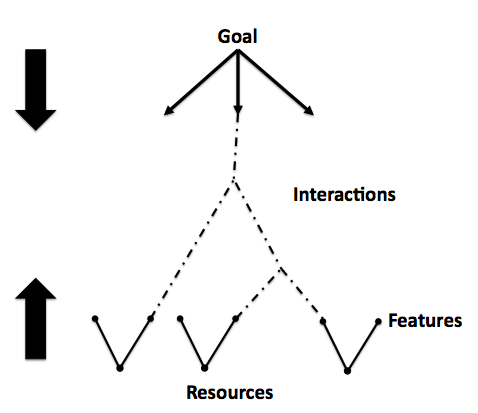
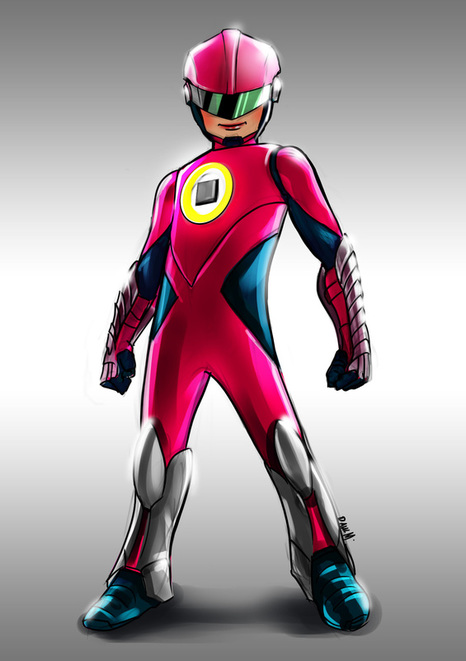
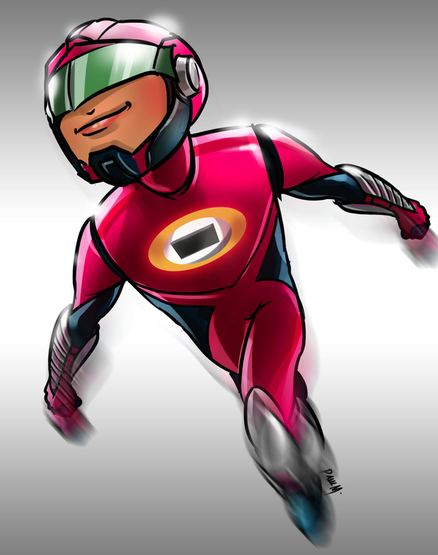
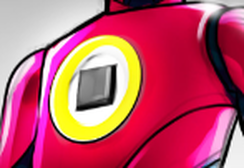
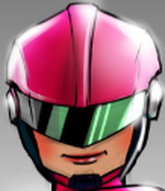

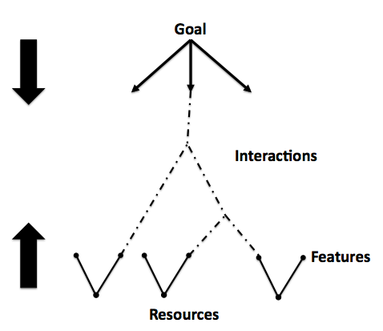
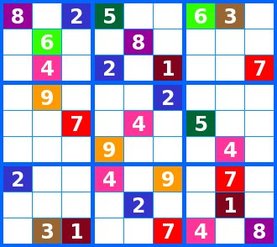
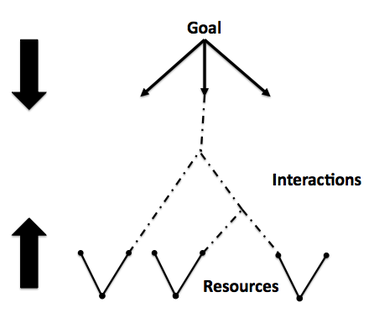
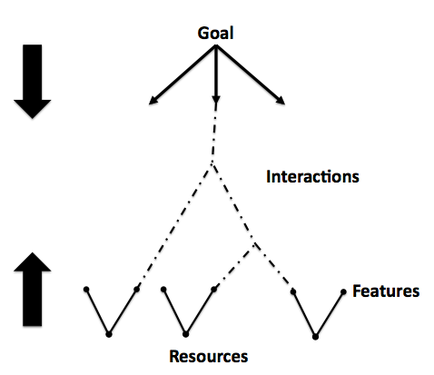
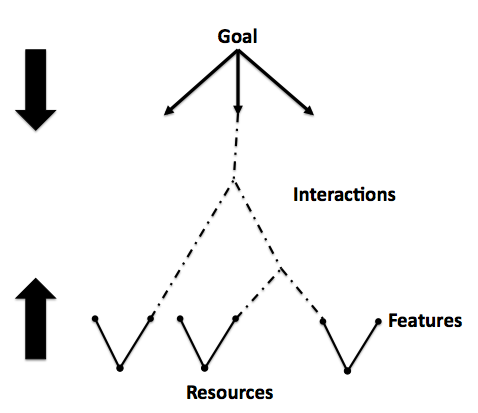
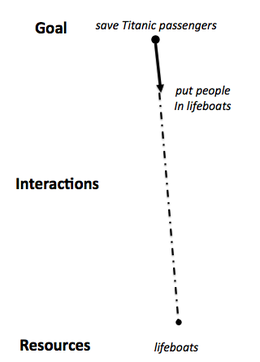
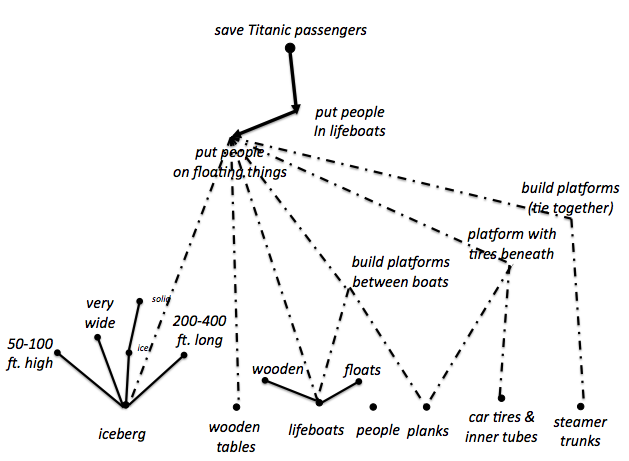

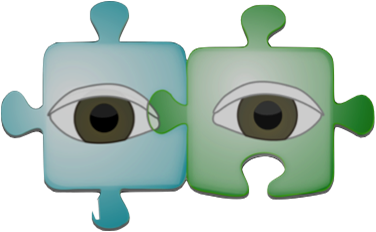
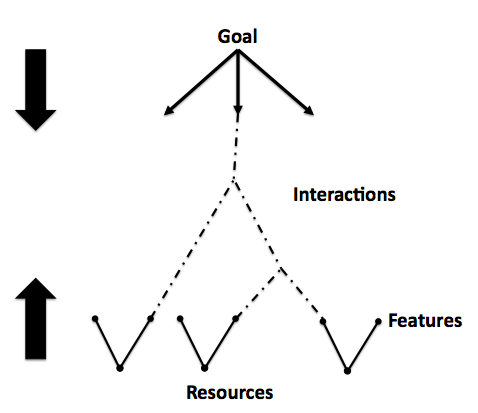
 RSS Feed
RSS Feed
